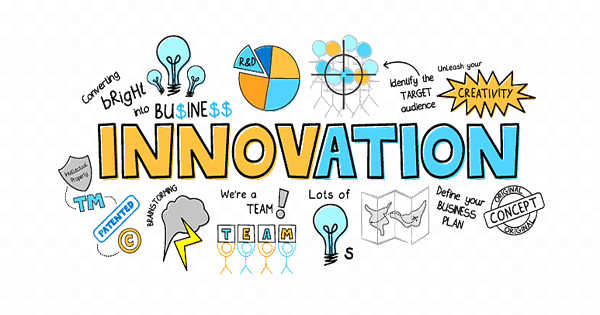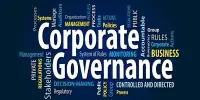Economists and business leaders agree that innovation is a major driver of economic growth, but they disagree on the best way to encourage workers to generate “think-out-of-the-box” ideas that result in newer and better products and services. According to new research from the University of California, San Diego, competitive “winner-take-all” pay structures are most effective in stimulating the creative juices that fuel economic growth.
The findings are based on a study written by economics professor Joshua Graff Zivin and management assistant Elizabeth Lyons, who collaborated with Thermo Fisher Scientific, one of the world’s largest biotech companies, to create a contest for the Baja California office. Participants in the competition, which was open to all non-management employees of Thermo Fisher and other tech companies in the region, were asked to create digital solutions to help small healthcare clinics in the region share medical equipment.
The competition was designed to see which of the two common compensation models generated the most novel ideas. Those who signed up were chosen at random to compete in either the “winner-takes-all” category, in which one prize of $15,000 was awarded to the first-place finisher or the “top 10” category, in which the same amount of prize money was distributed among the top ten entries.
Economists and business leaders agree that innovation is a major force behind economic growth, but many disagree on is the best way to encourage workers to produce the ‘think-outside-of-the-box’ ideas that create newer and better products and services.
“Participants in the winner-takes-all compensation scheme submitted proposals that were significantly more novel than their counterparts in the other scheme,” wrote the authors of a working paper published by the National Bureau of Economic Research (NBER), who are both affiliated with the UC San Diego School of Global Policy and Strategy. “While the two groups’ overall scores did not differ statistically, the risk-taking encouraged by the competition with a single prize resulted in innovators pursuing more creative solutions.”
They continued, “These findings are significant because of the economy of the twenty-first-century values novelty. Firms see it as a significant source of competitive advantage. It is also a necessary component in the development of technological breakthroughs that transform markets and have a significant impact on consumers and producers.”

How firms can produce more creative ideas with a limited amount of resources
Most modern-day mechanisms designed to spark innovation by chief technology officers (CTOs) and management gurus rely on performance-based pay and are based on assumptions about employees’ ability and ambitions, as well as their risk preferences. The NBER paper’s findings, on the other hand, show that with identical groups of innovators, companies can increase employee innovative output simply by changing how they pay them.
“Those competing for a single large prize had to push their results even further in order to be creative; however, what is most surprising is that this is a relatively low-cost way for companies to induce more radical innovation,” Lyons noted.
Though the “winner-takes-all” category had more risk vs. reward, both produced roughly the same number of submissions (20 in the “top 10” category and 22 in the “winner-takes-all” category), indicating that having a lower chance of winning a monitory award had no effect on the amount of work output.
A panel of six experts judged the submissions. Half of the judges came from industry (Thermo Fisher Scientific and Teradata), while the other half came from academia (computer sciences professors from local universities in the Baja California region).
The submissions’ novelty was graded on a scale of one to five in comparison to what is currently and/or soon to be available on the market. The lowest possible score was one for proposed solutions that were already on the market, and the highest possible score was five for submissions in which no one else had thought of a similar idea.
Those who participated could work as individuals or in groups. The results of team vs. individual entries in both categories are consistent with other studies, which show that teams with diverse skill sets and deepened professional experience produced better entries than individuals. The team entries in the “winner-takes-all” category, on the other hand, were more creative than the group work in the “top 10” category.
Following that, participants in both categories were polled on their risk preferences. Unsurprisingly, those who were less afraid of taking risks fared better in the “winner-takes-all” category. The results also revealed that women who entered the contest performed better than the average in both competition categories.
Finally, the authors stated that incentives do not create genius, but rather empower it. “It is critical to acknowledge that incentives alone are insufficient to spark creativity,” they wrote. “More research is needed to comprehend the raw materials that shape the relationship between creativity and compensation.”















